
How can my child learn non-verbal communication?
Key Points: 1. Babies use non-verbal communication, such as crying, cooing, and gestures, to connect with caregivers before they can…
[cat_cust_menu]

Key Points: 1. Babies use non-verbal communication, such as crying, cooing, and gestures, to connect with caregivers before they can…

Key points: Babies begin to communicate through crying and responding to their needs helps them become more efficient at communicating….
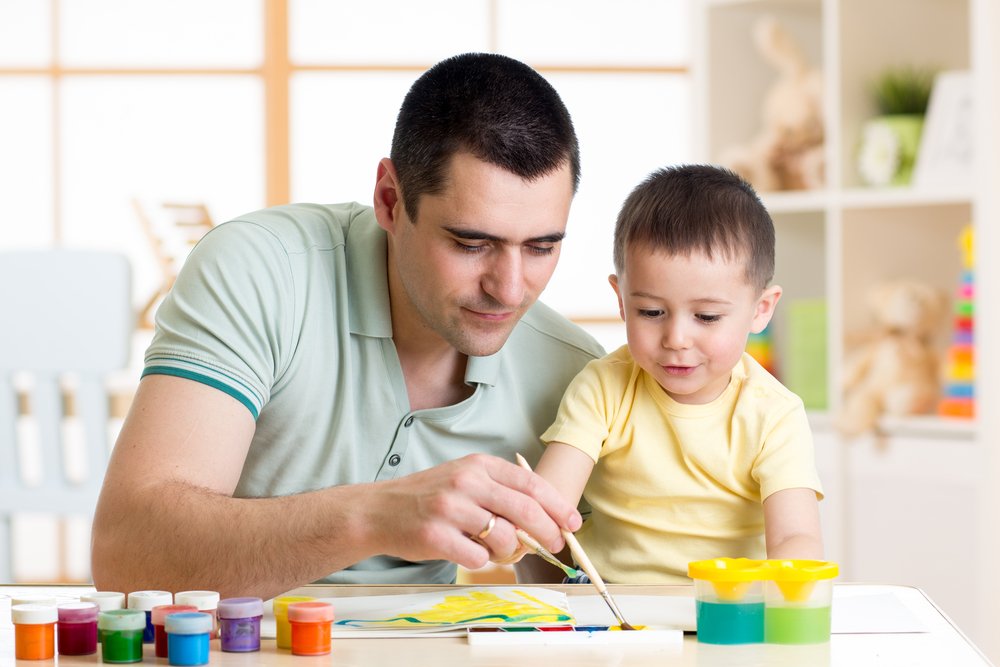
We share a few simple ways to keep kids on track and engaged while schools are closed. More than 300…

Key points: Children respond more to actions than words; what you do matters most. Reinforcing positive behaviors is crucial to…

Key points: Introverted and bashful children are often confused, but they are different. Bashful children want to socialize but find…

Key points: Parents tend to praise their children frequently, but not all types of praise benefit children in the same…

Key points: Shifting from power-based discipline to collaboration can be a more effective way for parents to influence their children’s…

Key points: The “terrible twos” stage is a developmental phase, not solely tied to a specific age, where toddlers explore…

Key points: Parenting is not a one-size-fits-all task, as each child is unique, and life is full of unexpected experiences…

Key points: Kangaroo care involves skin-to-skin contact between a mother and her premature baby, promoting healthy development and potentially saving…
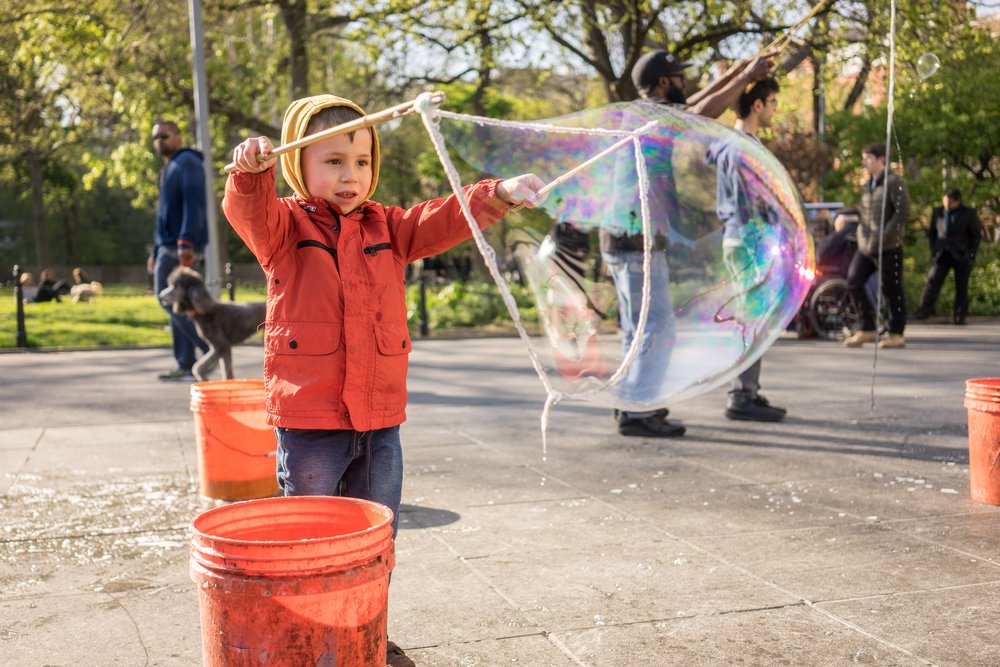
Key points: Summer vacations can lead to educational disparities, with children lacking enriching learning opportunities falling behind their peers. Efforts…
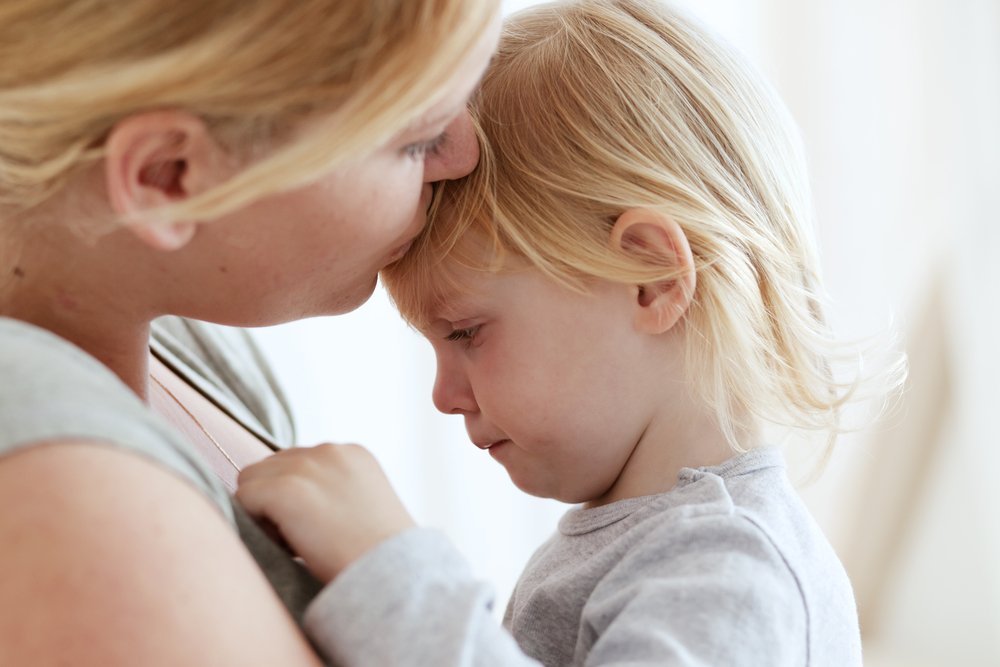
Key points: Developing helpful coping strategies in children enhances resilience and reduces stress as they work through worries and challenges….

Key points: The quality of early attachments significantly affects how people form and maintain social relationships throughout life. There are…
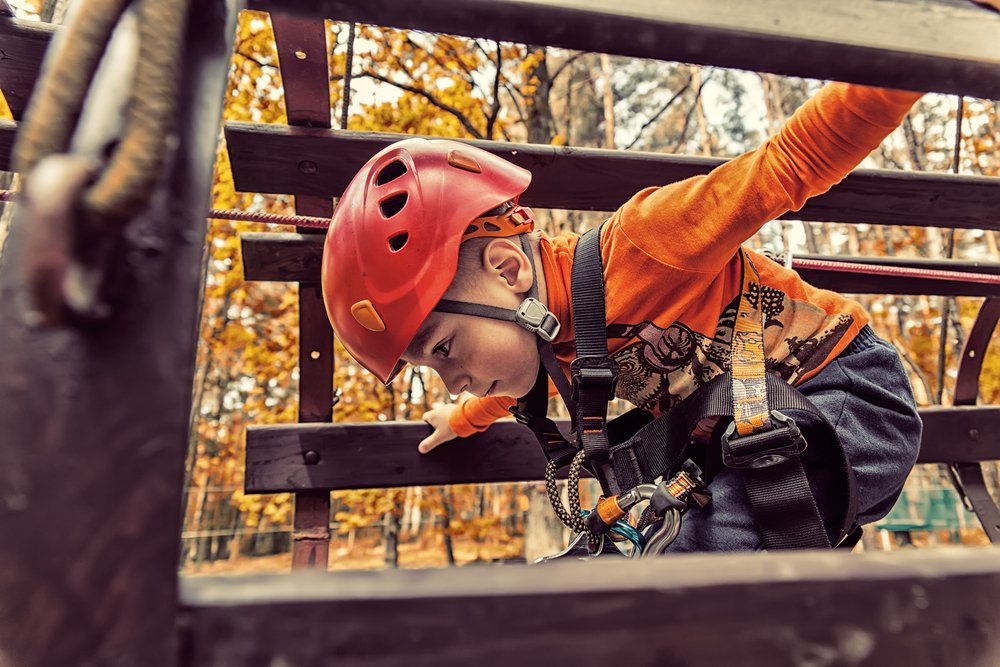
Key points: Play is fun, voluntary, and teaches adaptability through patterns of repetition and variation. It allows children to explore…

Key Points: Children under the age of two can learn from and form relationships with loved ones through video chat….
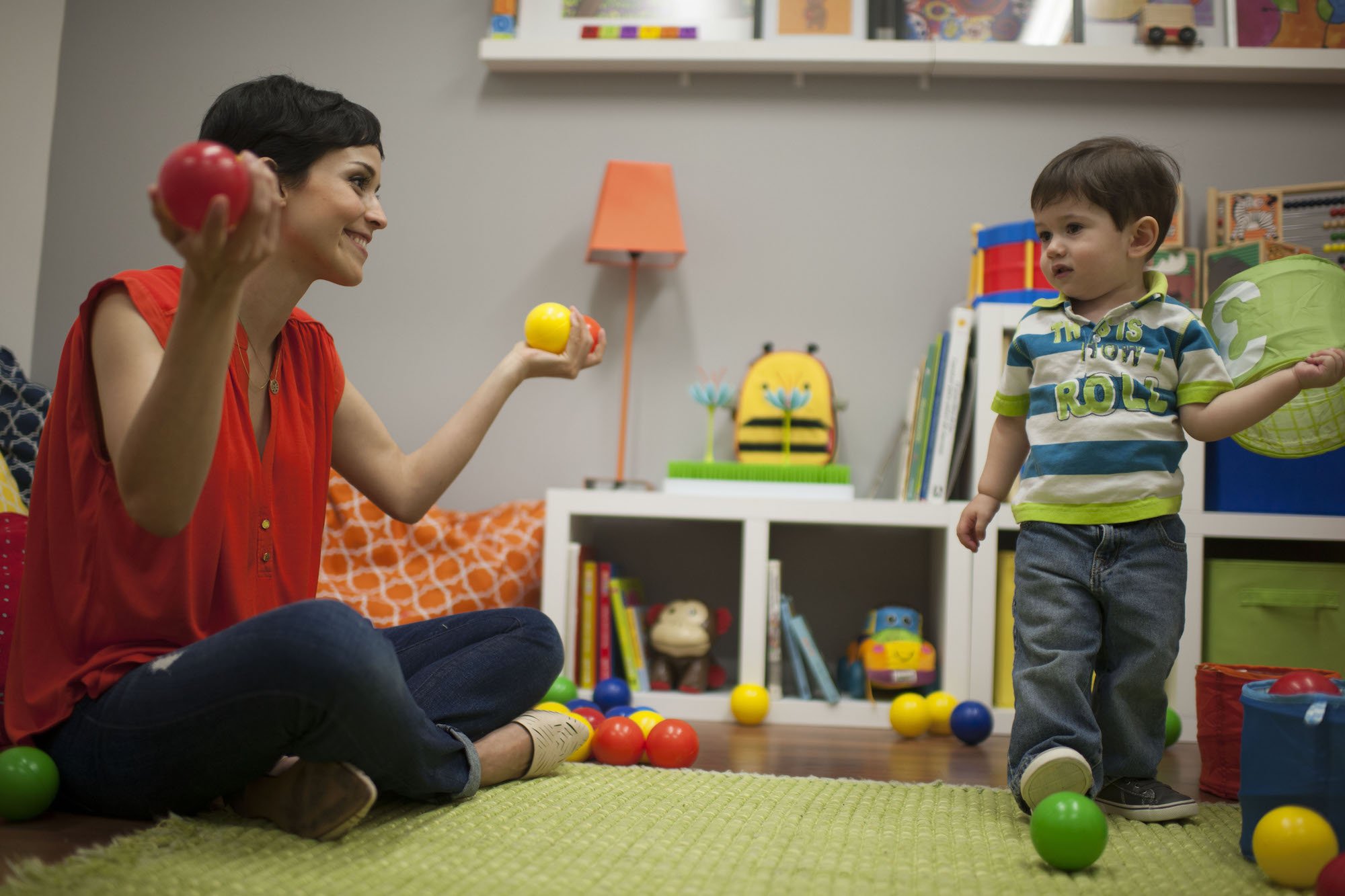
Key Points: 1. Children are natural scientists, learning through observation and play, especially through cause-and-effect experiences. 2. Babies start understanding…
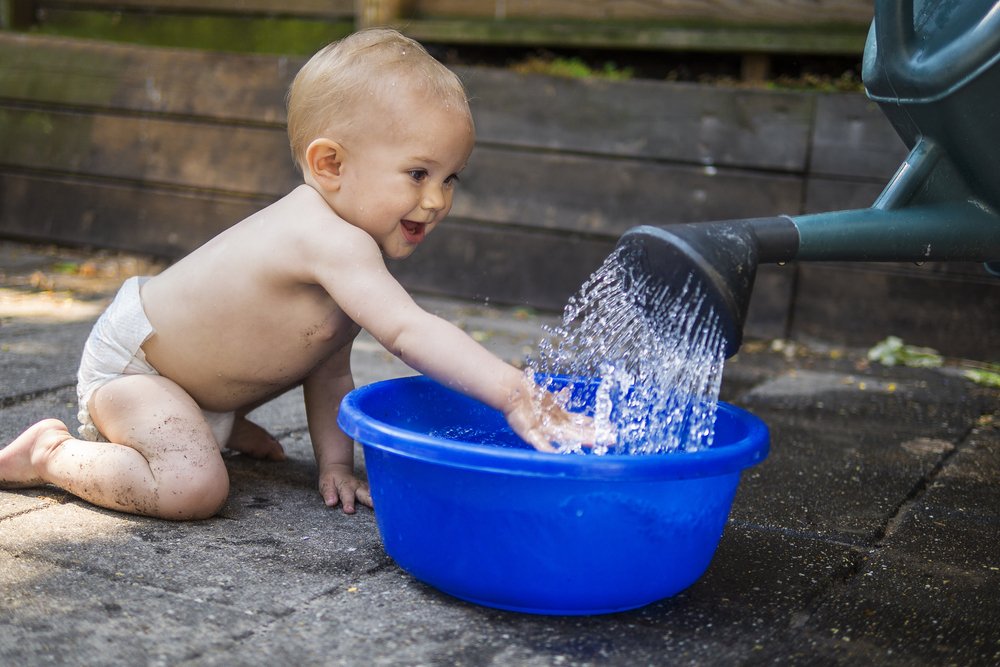
Genes and environment contribute 50% each to a child’s intellectual development. This gives parents some room to step in and…

Have you ever wondered what is the key to enhancing a child’s chances for success? Early parent intervention! Key points:…

Key points: 1. Laughter and smiles are vital for child development. 2. Sense of humor nurtures self-esteem, empathy, and social…
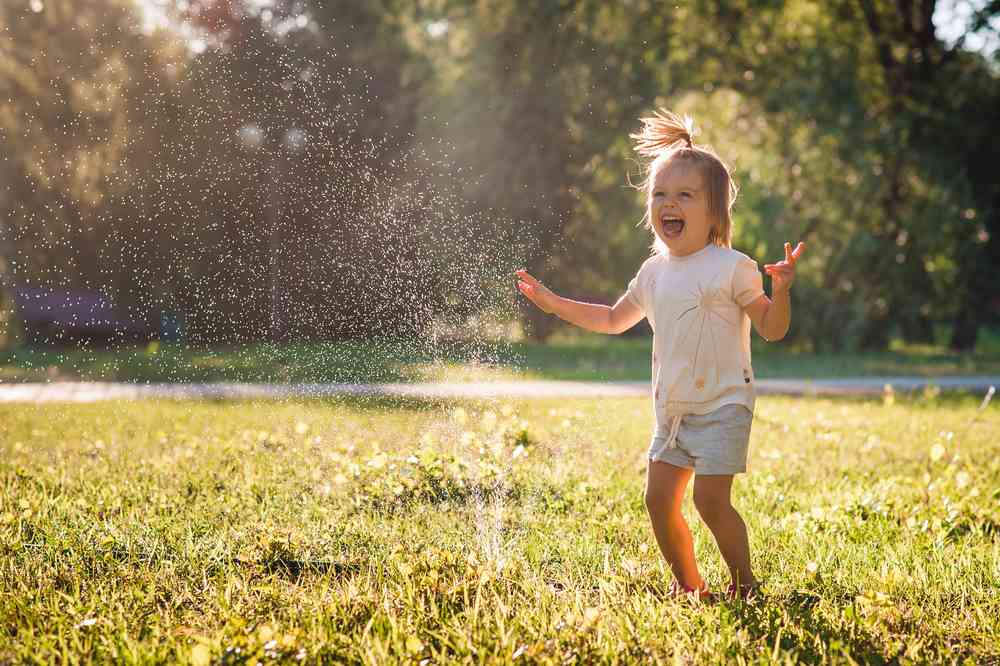
Key points: 1. Cultivate happiness in children through play, effort recognition, traditions, emotional expression, embracing failure, avoiding comparisons, and offer…

Key points: 1. Singing can be as effective as other methods in soothing a crying baby. 2. Babies remain calm…
Subscribe to our newsletter and join Kinedu’s community